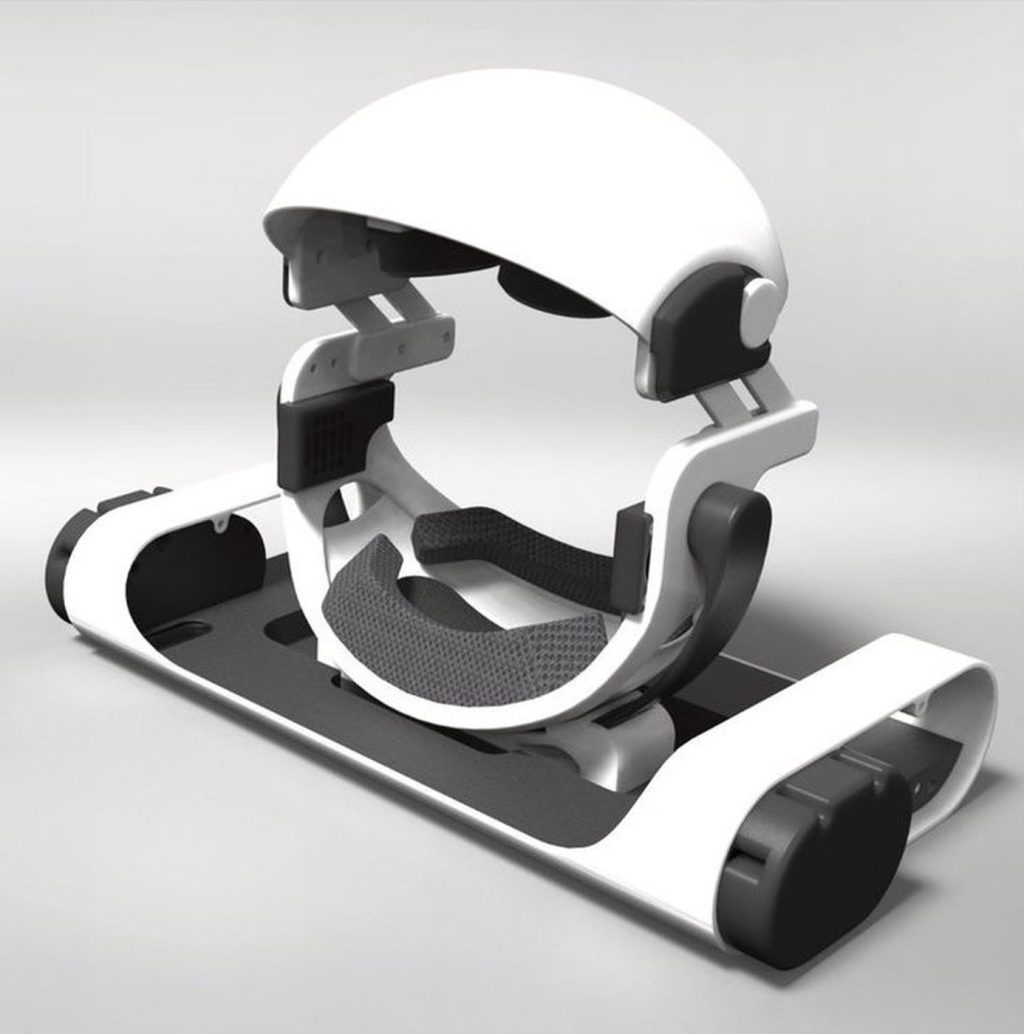
Here at VR Voyaging, we’re always looking for the next best thing in VR! New headsets are announced all the time, and many of them look exciting for different reasons. Some have sharper visuals (high resolution), a lighter weight, thinner lenses (I’m ready for VR in ski goggles!), or better body tracking. Some promise eye tracking, foot tracking, or entire body tracking. These features are all great, but it’s important to remember that not everybody can take advantage of them.
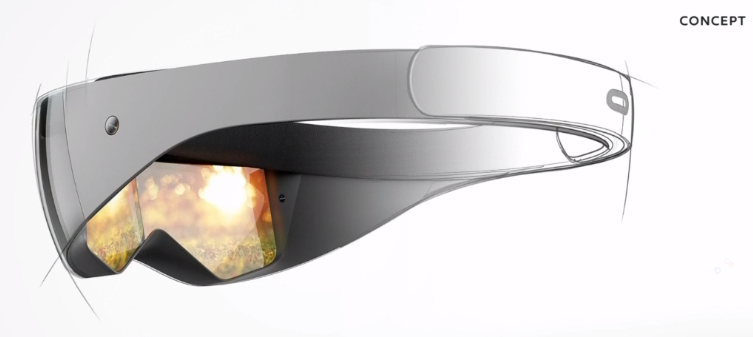
VR in Bed
Recently, a small startup started a crowdfund for a new headset called the HalfDive. This headset had the interesting premise of allowing high-quality VR while in bed. For some of us, this may seem like an odd value proposition. It may even evoke a dystopian image of the masses lying in bed all day locked away in their VR world. Was that where we were headed? Maybe we’ll never know now that the project has been cancelled. The reasons have to do with money and the difficulties of bringing a product to market.
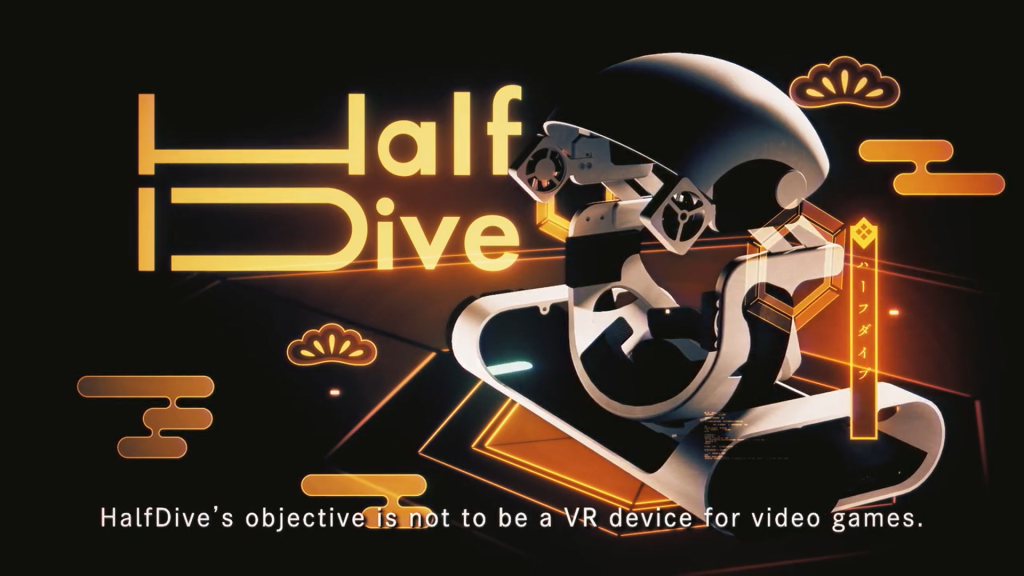
I love to see innovation in the field. I wouldn’t directly benefit from this innovation, but a HalfDive could have been very useful for people who struggle to sit or stand. However, it would still require you to turn your head, which may not be an option if you’re most comfortable in a horizontal position. Furthermore, for many movements you’d be forced to raise your hands above you, which would be impossible for some people and uncomfortable even for abled people.
VR in a Wheelchair
One exciting aspect of VR is that, even though you can walk around in it, you don’t need to physically do so. If you use a wheelchair, you can still don a headset and take a virtual stroll. It’s a standard feature to move with smooth glide and teleport. Can’t turn your head? Many experiences allow you to change your point-of-view using the thumbstick on your controller. All this is possible as long as you can do some sort of hand motion for the controllers. If that’s not an option for you either, hang on! You’ll want to look for accessible controllers.
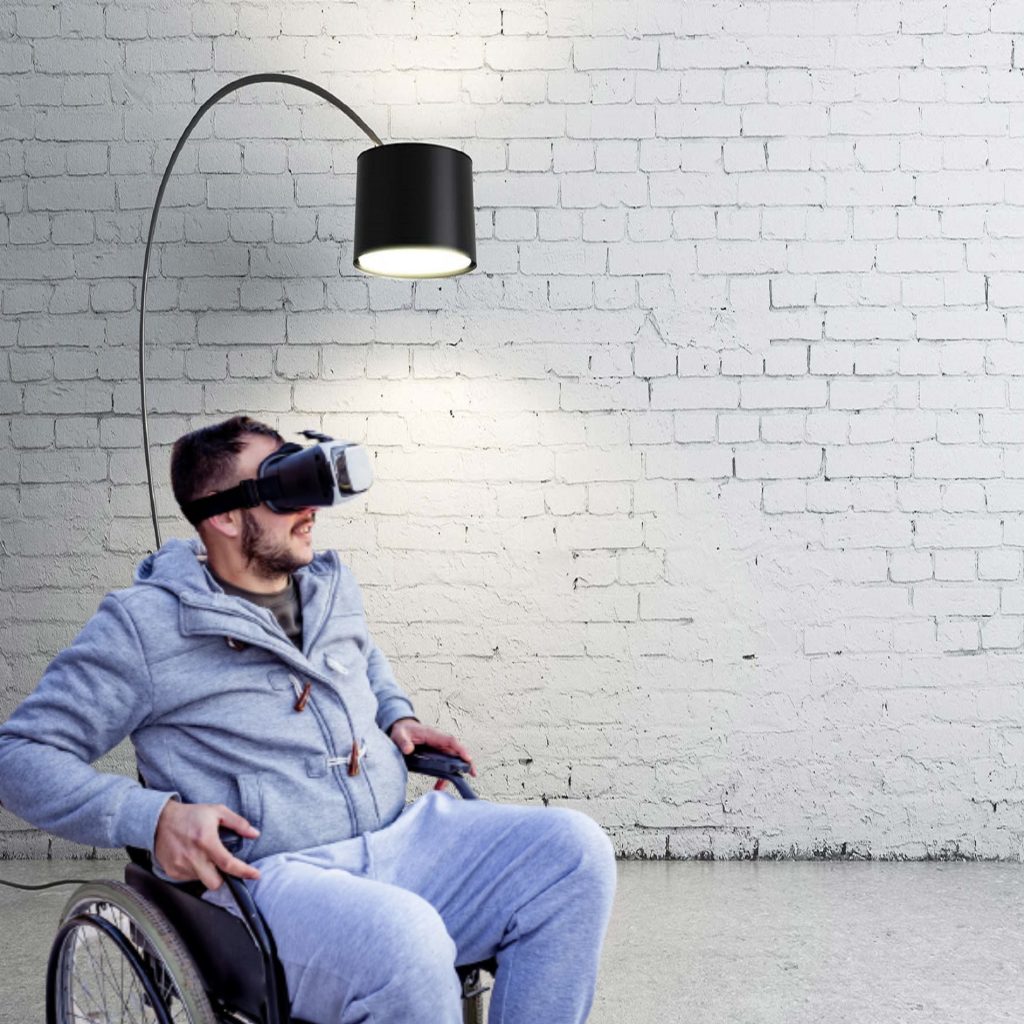
Accessible Controllers
To my knowledge, no one has come out with specifically accessible VR controllers. Currently, the VR controller paradigm involves reaching out with your hands, so VR controllers for people with limited hand motion would need to work pretty differently. Just as certain prosthetics can be actuated by your nerves, I expect a similar interface could be made for VR controllers in the near future. Until then, Microsoft offers an innovative device called the Xbox Adaptive Controller.
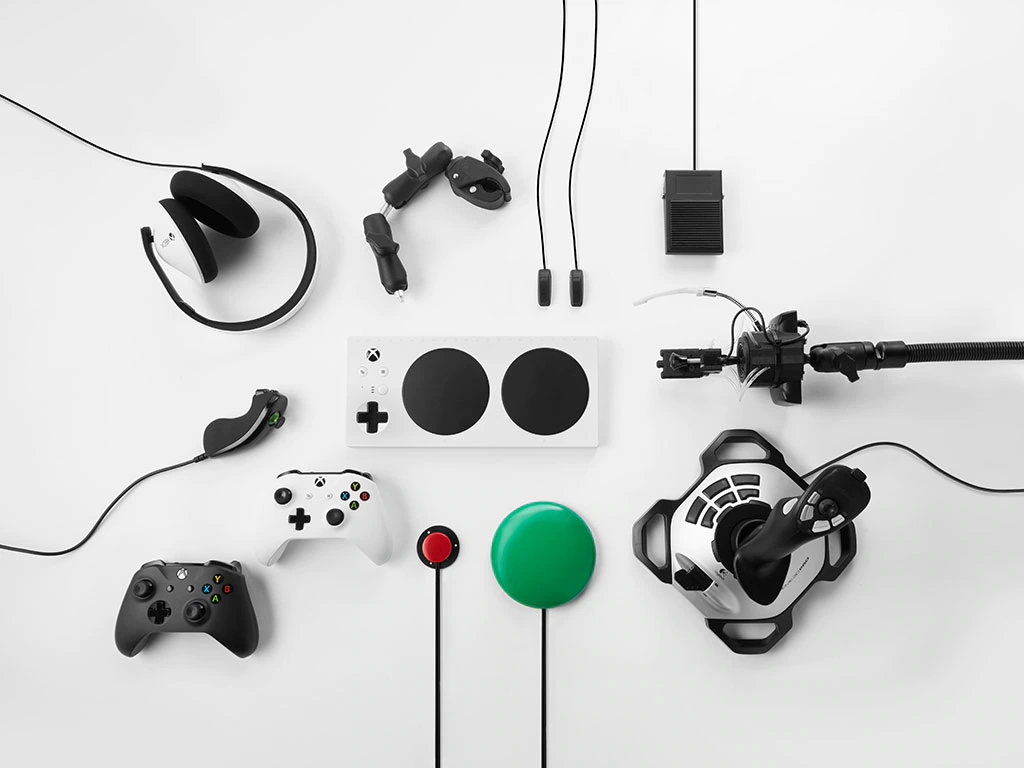
No, it’s not a turntable! It’s a device which supports a high degree of customization for a wide range of accessibility needs. I’m not aware of anyone using the Xbox Adaptive Controller with VR yet but considering some experiences can already make use of a regular game controller, it’s definitely an option. Thankfully, Microsoft didn’t take advantage of the niche market to charge a high price: the Xbox Adaptive Controller costs only $99.
Affordable VR
Until recently, it was difficult to get into VR at all for under $400 (plus the price of an adequately powerful computer). With the Oculus (now Meta) Quest 2, the price has come down to under $300, no computer required. As the price drops, more people will be able to play, socialize, learn, and tour in whole new ways.
VR for Everybody
As an abled person, I am spoiled for choice. Accommodation isn’t something I need to think about very often, but VR companies should make accommodation options easier to find. If you have vision impairment, VR should welcome you with options for higher contrast or a better color palette. As a color-blind male (moderate deuteranomaly), color indicators are often challenging. The spatial audio offered by most headsets already allows you to locate sounds naturally. Hard-of-hearing people should be able to adjust the balance of voice, music, and sound effects, enable captions, and even activate indicators pointing to the sources of sounds. The game Moss has the main character sign some of her needs to the player using ASL. For neurodivergent folks, VR has the potential to reduce distractions, loud noises, or bright lights, or just enable safe socializing. People with migraines or vertigo challenges should be able to choose options to make movement more comfortable.
Some experiences account for mobility or hand control challenges by allowing the player to select different controls from the menu. For other experiences, products like WalkinVR can enable immersion where it would otherwise be a challenge. It accomplishes this several ways, depending on specific needs. It can recalibrate the height of your hands if it’s difficult to reach, allow you to crouch, kneel, or roll by pressing a button, or even allow a second person to assist movement with a game controller. Look for a review on this software in the near future.
Right now, some experiences offer some of these features, but it’s fairly uncommon for VR experiences to really take accessibility seriously. Many developers just don’t think of features that would support accessibility and be straightforward to implement. It’s the same story in the broader world of game development. Companies like Meta and Microsoft could take responsibility to build accessibility features into headset frameworks to reduce the burden on small VR studios.
Summary
I think it’s exciting that VR can already accommodate at least some disabled users, even though there’s lots of work left to do. As much as I love virtual tourism, if I was unable to walk or go on long trips, these opportunities would be even more meaningful to me. If you’ve always wanted to explore medieval cathedrals or climb Mt. Everest, VR has the potential to make these experiences possible for more people than ever. Don’t assume that VR won’t ever work for you, even if accessibility options are currently lacking. You might be surprised at what it can do.
This is an area of interest to me, but I’m not even remotely an expert. Accessibility is so important because we all have our struggles, and good design benefits everyone. Part of my goal with this post is to get a discussion going. I’d love to hear about new developments and workarounds I haven’t thought about. If there’s enough interest, I’ll look at other related topics to continue the discussion.
Any thoughts on where VR will go from here? Thoughts on increasing accessibility in VR? Sound off in the comments!
More Reading
For more thoughts on VR for disabled people, check this out:
Making Things Possible – The Relentless School Nurse blog

